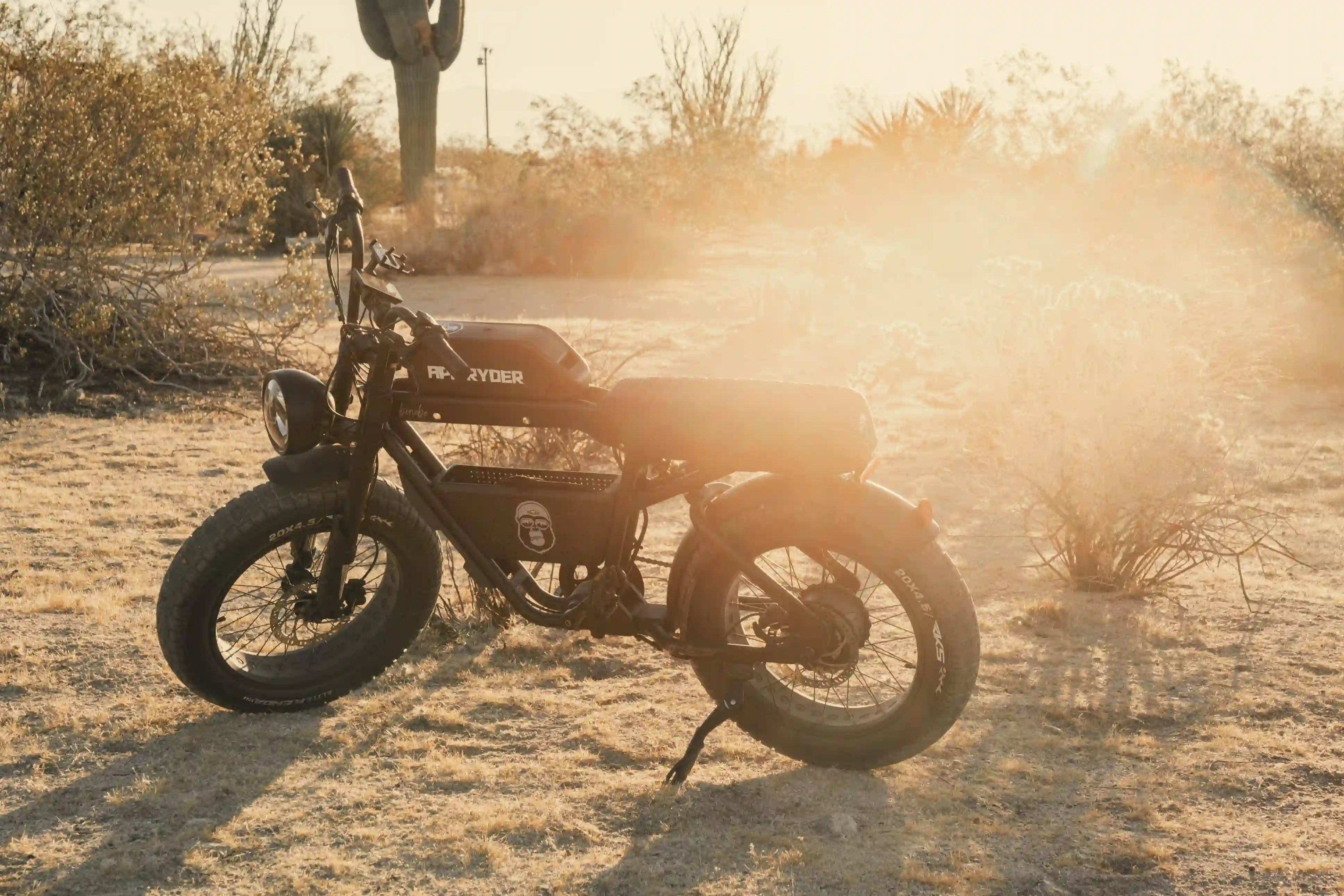Trading in the car for a bicycle is a great opportunity to improve health and financial well-being, but most people remain torn between electric bikes and traditional bikes. A proper understanding of the difference between the two can best prepare you for a decision. Choosing between an electric bike and a traditional bike requires considerable thought. Eco-aware commuters, outdoor fans, and cycling beginners have exclusive needs. Each bike kind gives awesome blessings, making the choice pretty non-public.
What is an Electric Bike?
An e-bike is simply a bicycle that has fitted an electric motor to help pedal the bicycle. The addition of a rechargeable battery-powered motor enables the bicycle to go miles and steep hills with limited effort. The latest e-bikes possess adjustable assistance; it means that a person can customize the support mode according to preference or the type of ground that he/she might be going on, which, combined with progressive advancements in technology, also enables most of the e-bikes to come out with regenerative braking and smart connectivities.
Before moving forward let's check our fat tire and commuter e-bikes.
The Appeal of Traditional Bicycles
Traditional bicycles rely wholly on human effort and are a more classic way of biking and very interactive. The traditional bicycles depend solely on pedaling by the rider to attain movement. This offers good exercise for the whole body, improving the physical fitness level of an individual. Whether taken as road bikes, mountain motorcycles, or hybrids, their design fashions fulfill precise needs of cycling style and territory. Simple, with an excellent connection to the using, it attracts folks who appreciate traditional, extremely adventurous cycling.
Advantages of Electric Bikes
Electric bikes make cycling less difficult and more reachable. Pedal-help era reduces the attempt required, enabling riders to journey longer distances with minimal strain. This feature is of specific help to commuters or physically challenged folks that would want to have a few form of energetic life-style without necessarily overexerting their bodies.
E-bikes are also much faster to travel with than regular bicycles. The motorized systems make the bikes go very fast, hence very efficient for use through busy streets and traffic. Electric bikes have the advantage of going uphill with much ease in hilly areas, making the cyclist do this with much simplicity. This way, various landscapes are not an issue for exploration without the fear of exhaustion.
E-bikes are an environmentally friendly mode of transportation. They reduce car dependency and the burning of fossil fuels, which will lead to a greener future. Although the initial investment in an e-bike is higher, long-term savings on fuel, public transport, and car maintenance make them an affordable option for daily commuting.
Advantages of Traditional Bicycles
Traditional bikes take one through the essence of physical fitness. The effort involved in pedaling strengthens muscles, enhances cardiovascular health, and burns calories. A traditional bike is a very good solution for those who take up fitness as part of their daily activities.
Another more significant concern is cost. Traditional bikes are simply way cheaper at the outset than electric bikes, and thus more people can avail themselves of one. Their simpler design also means less maintenance, saving time and money for the rider.
Traditional bikes boast lightweight construction and are easy to transport and store.
They will suit people who have very limited space or rely heavily on public transportation. Their simplicity means traditional bikes will always be extremely reliable, providing a smooth, enjoyable cycling experience without any need to recharge or complex repairs.
Choosing the Right Bike for Your Needs
Your main goals and lifestyle will probably be grounds for choosing between an electric bike and a traditional bike. For fast and efficient means of getting to work, an electric bike will be a perfect choice. If you want something that will keep you fit, a traditional bike should be what you need for physical exercise in building strength and endurance.
Your usual riding distance and terrain come into play, too. An electric bike is great to go for long distances and uphill paths, adding versatility and ease in such conditions. Traditional bikes, however, remain ideal for shorter trips on flat routes, comfortably delivering a no-frills experience.
We are forced to consider here the question of economy. Electric bicycles require a lot from the very first investment, and then they bring their savings throughout transportation. Traditional ones are cheaper while buying and performing virtually no maintenance; it is the reasonable choice for an economy.
Both types encourage green transportation, but conventional bikes have lesser environmental impacts due to the lack of motors and batteries. First, understand what exactly you are looking for. Further, that will guide you through the right path.
It all depends on what matters most in your life. The electric bike and the traditional bike come with varied benefits catering to your needs. A good thing would be to rent an e-bike from our showroom to try out the difference for yourself and reach a really informed decision.









Leave a comment
All comments are moderated before being published.
This site is protected by hCaptcha and the hCaptcha Privacy Policy and Terms of Service apply.